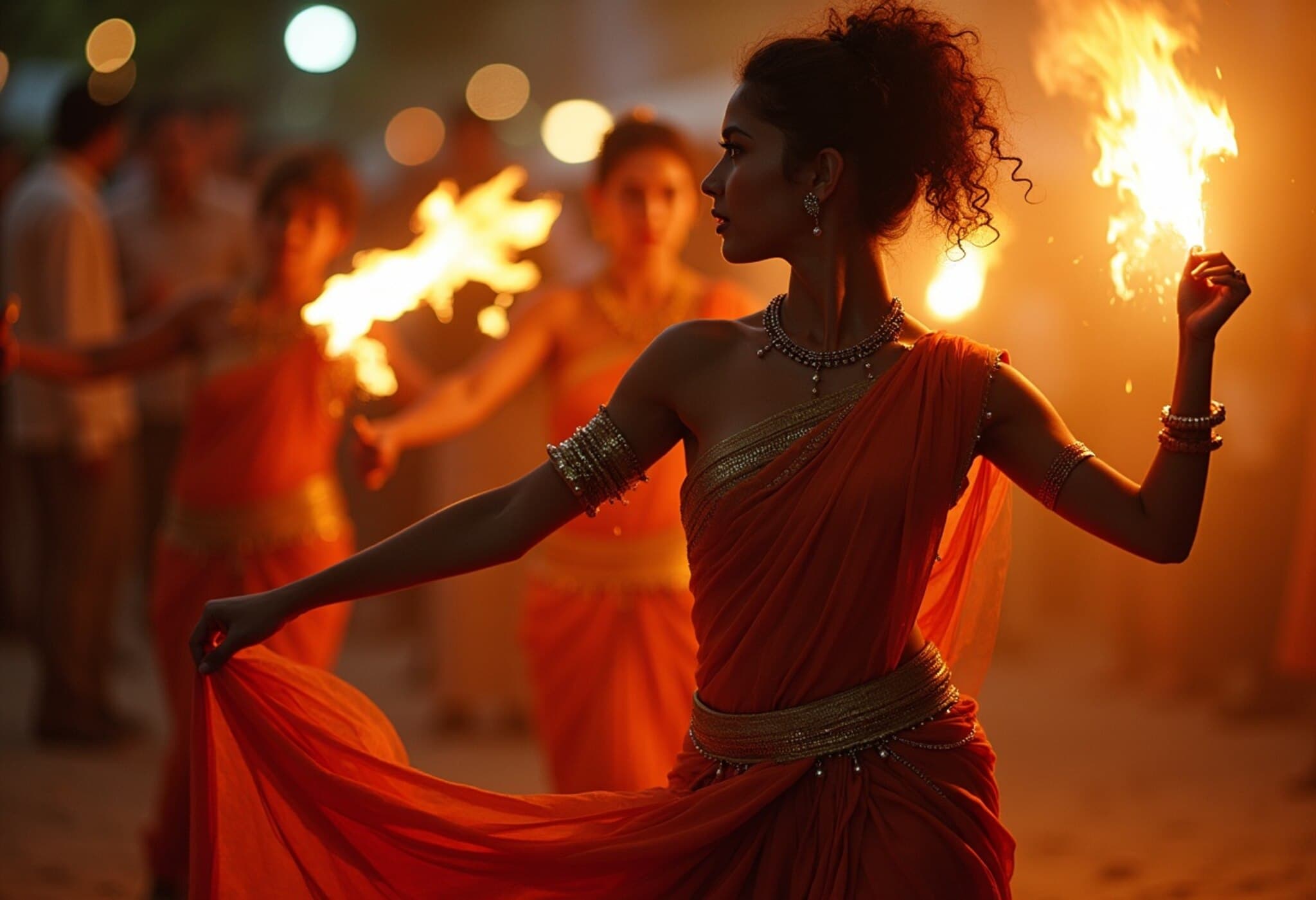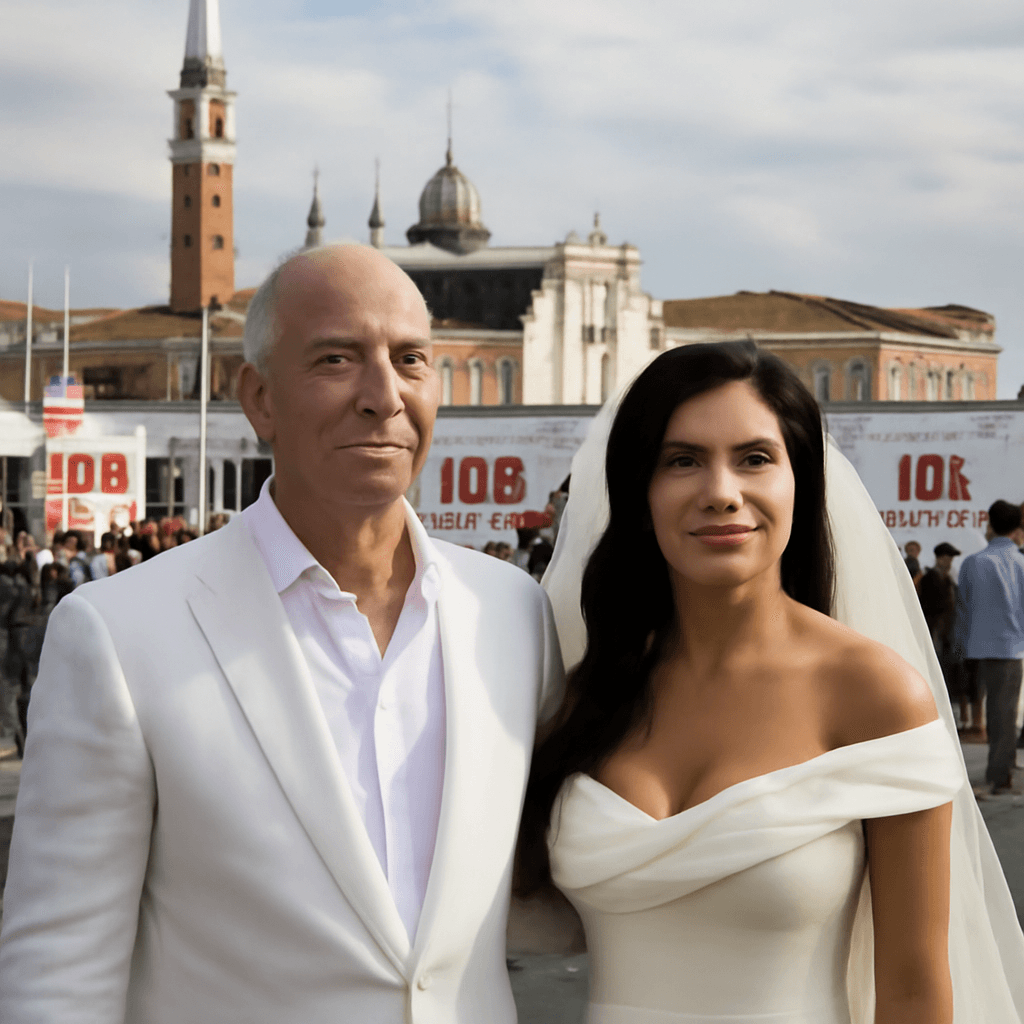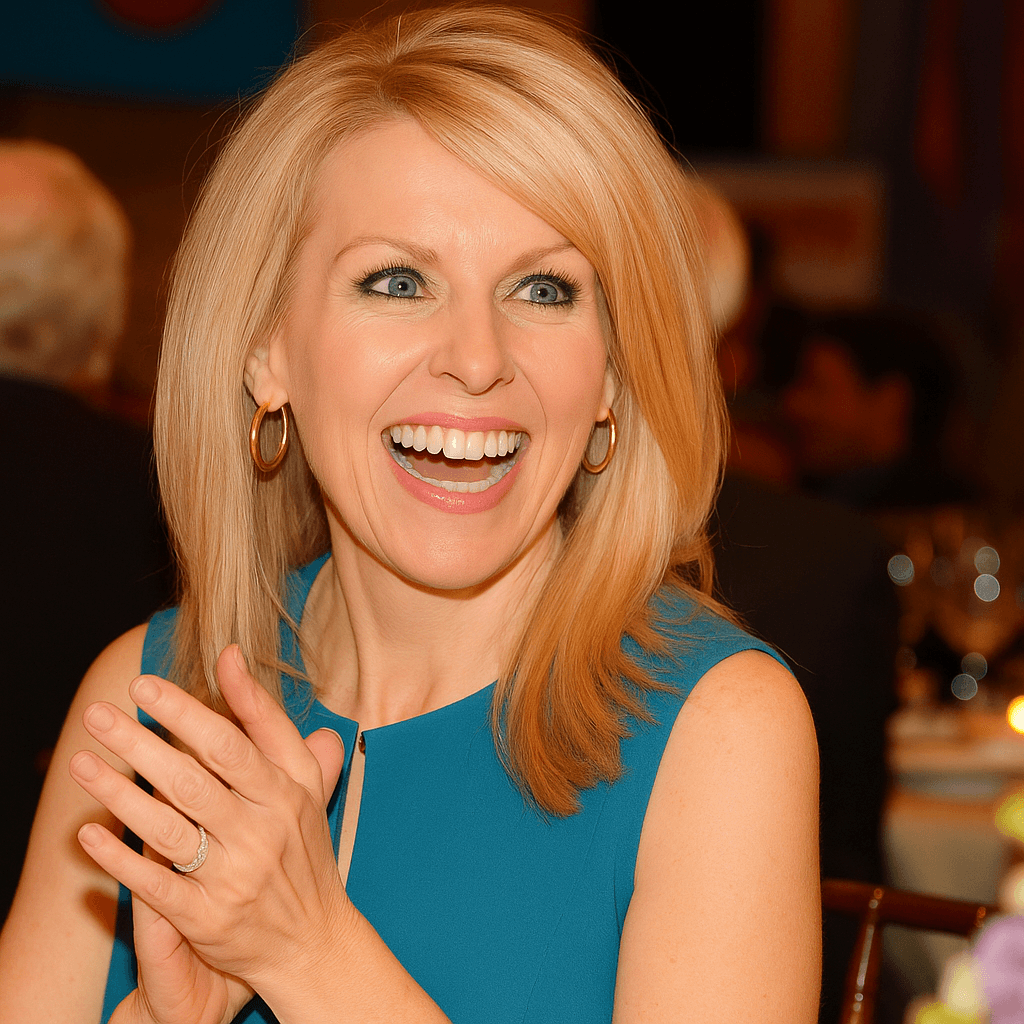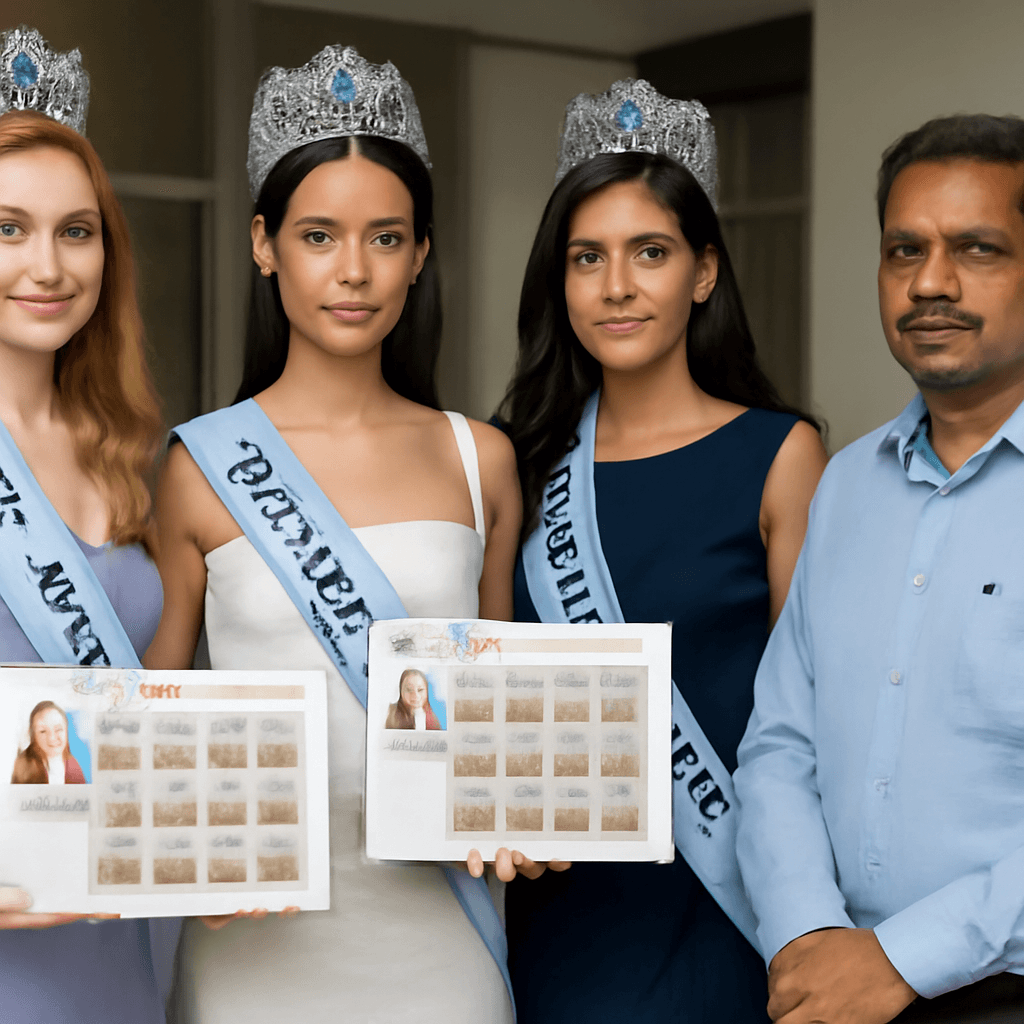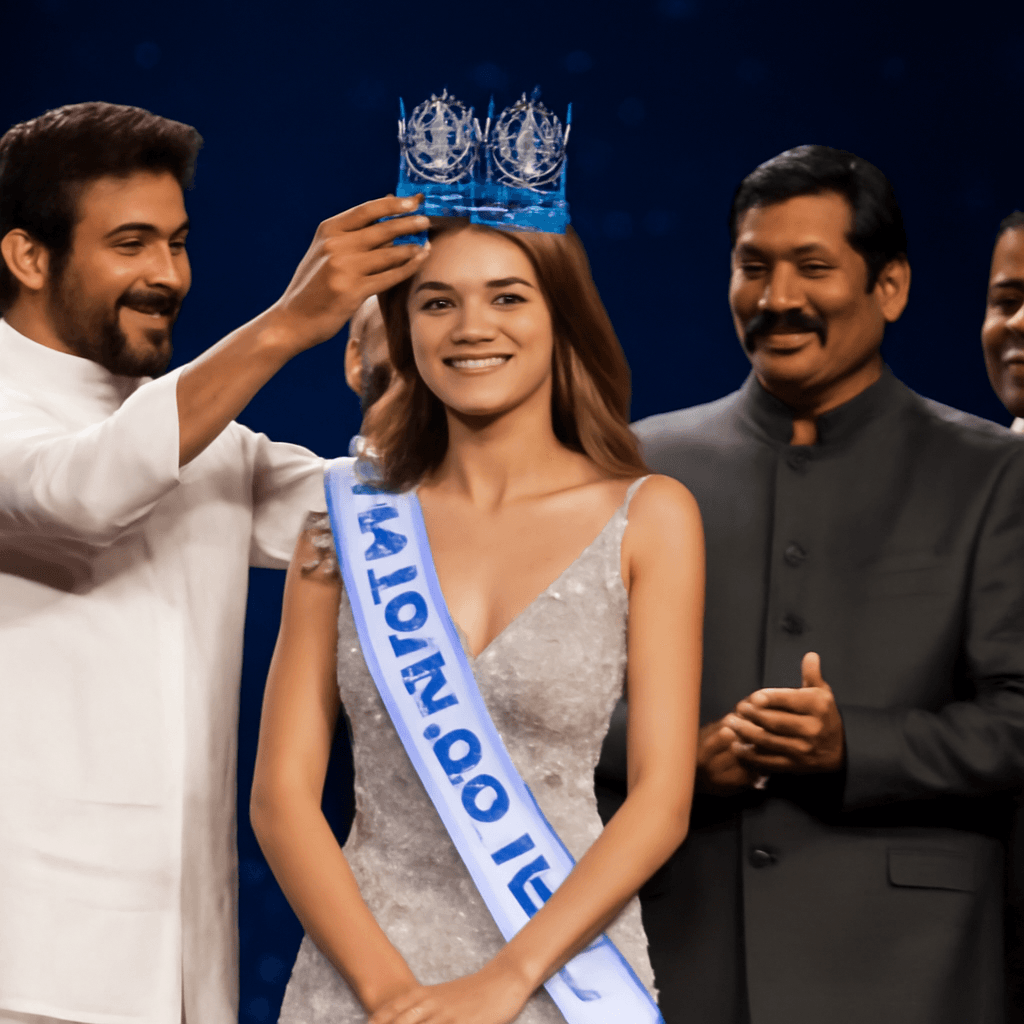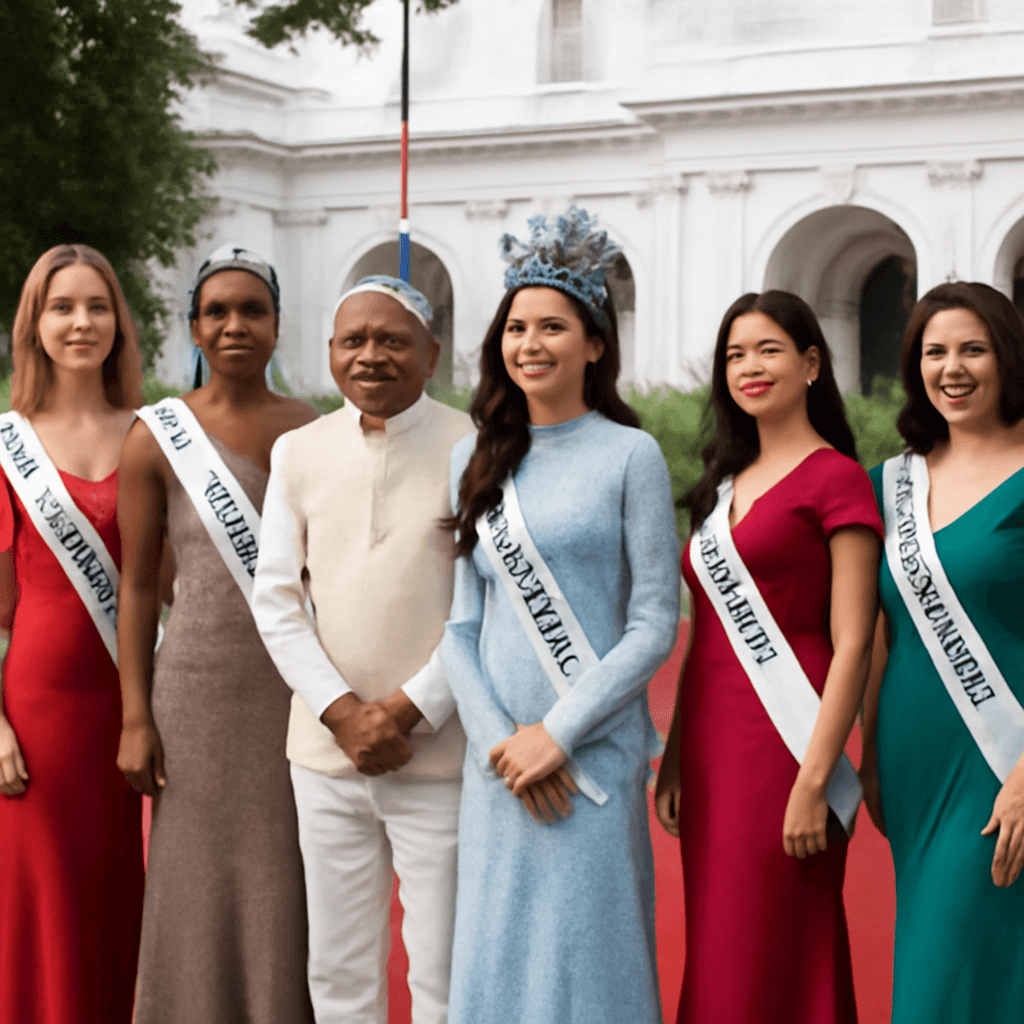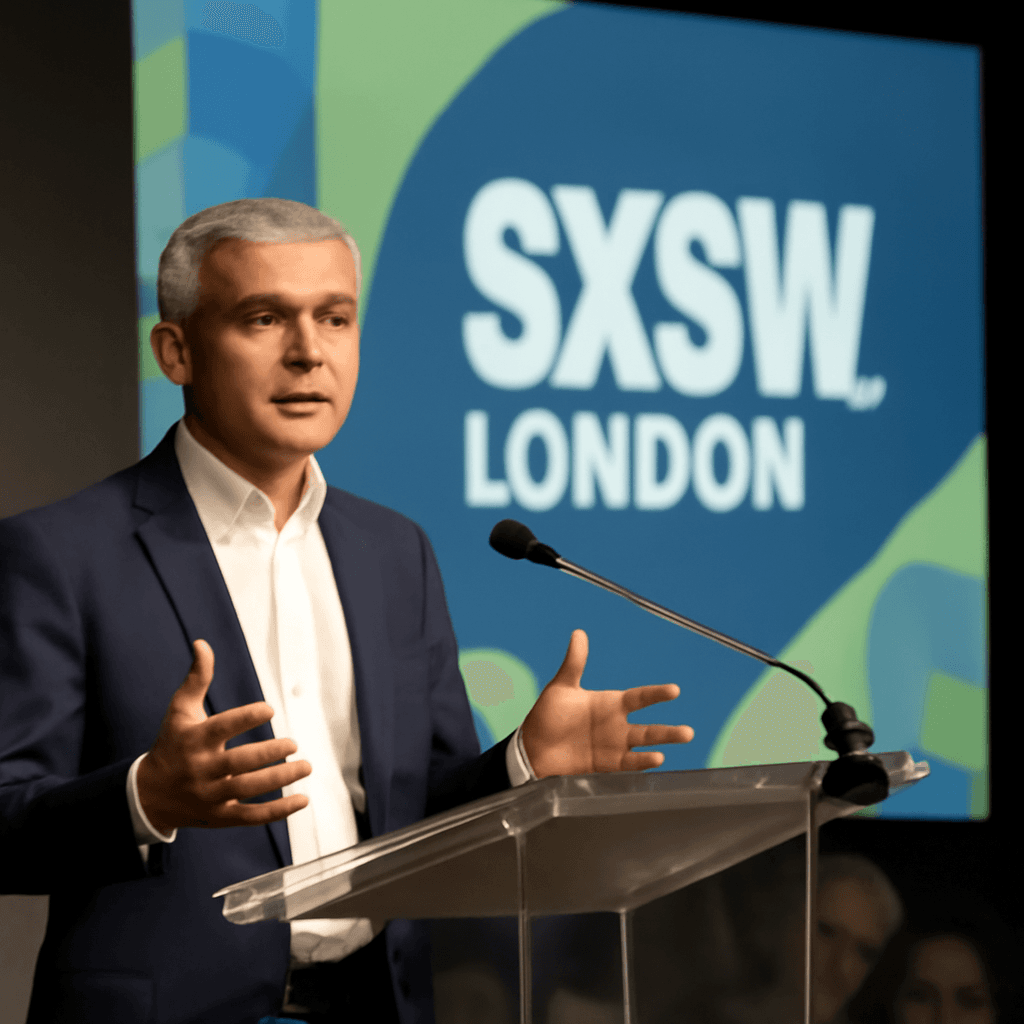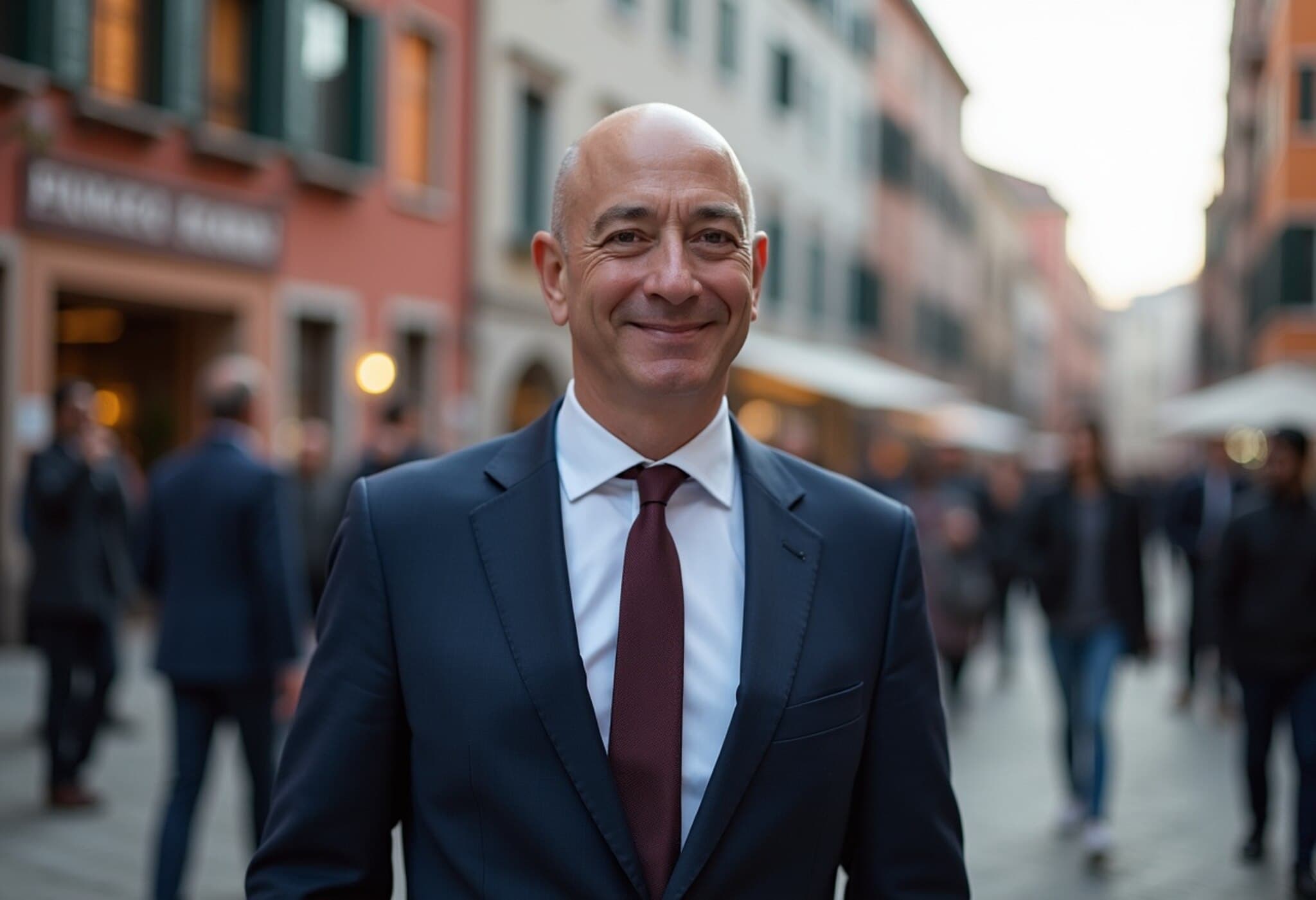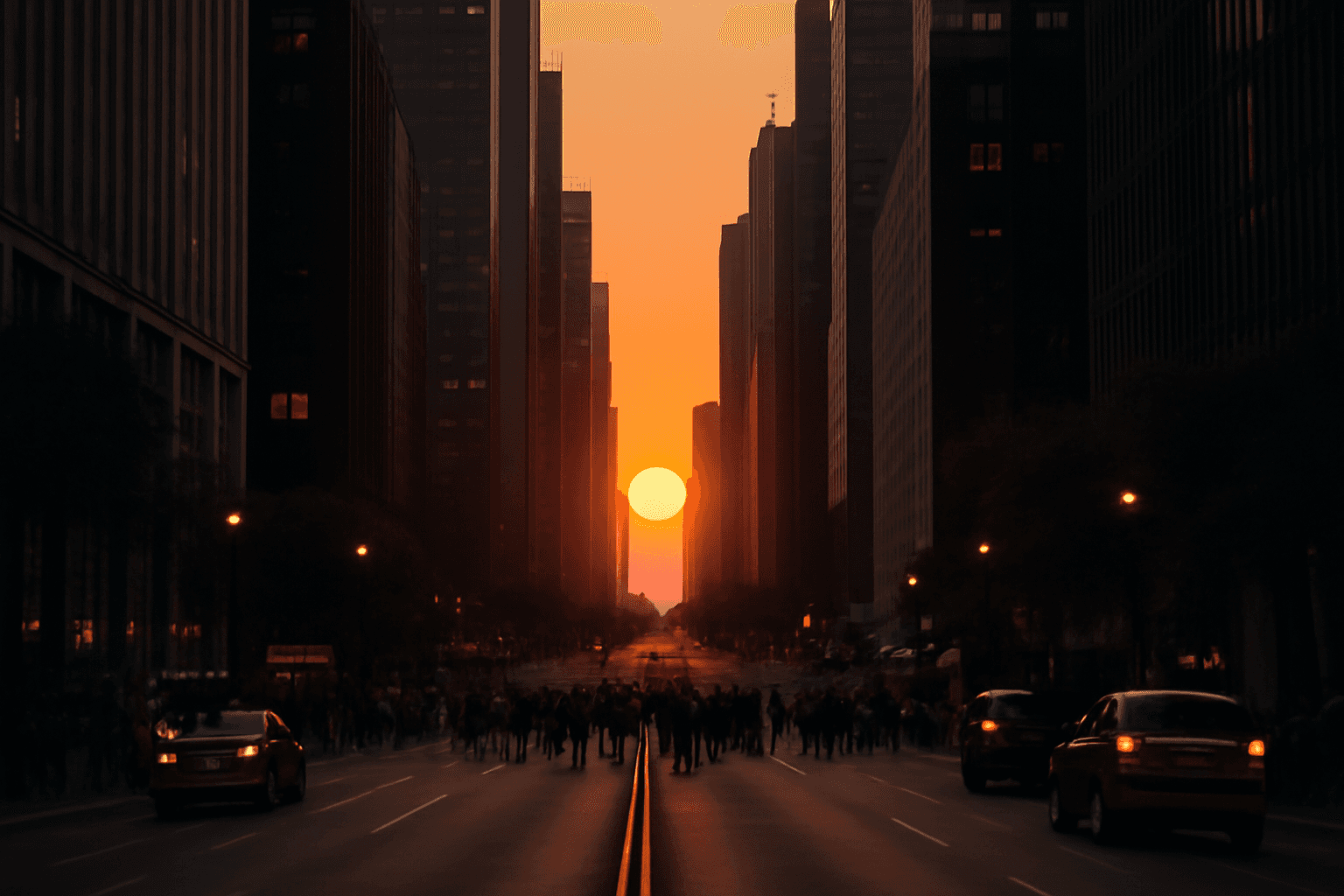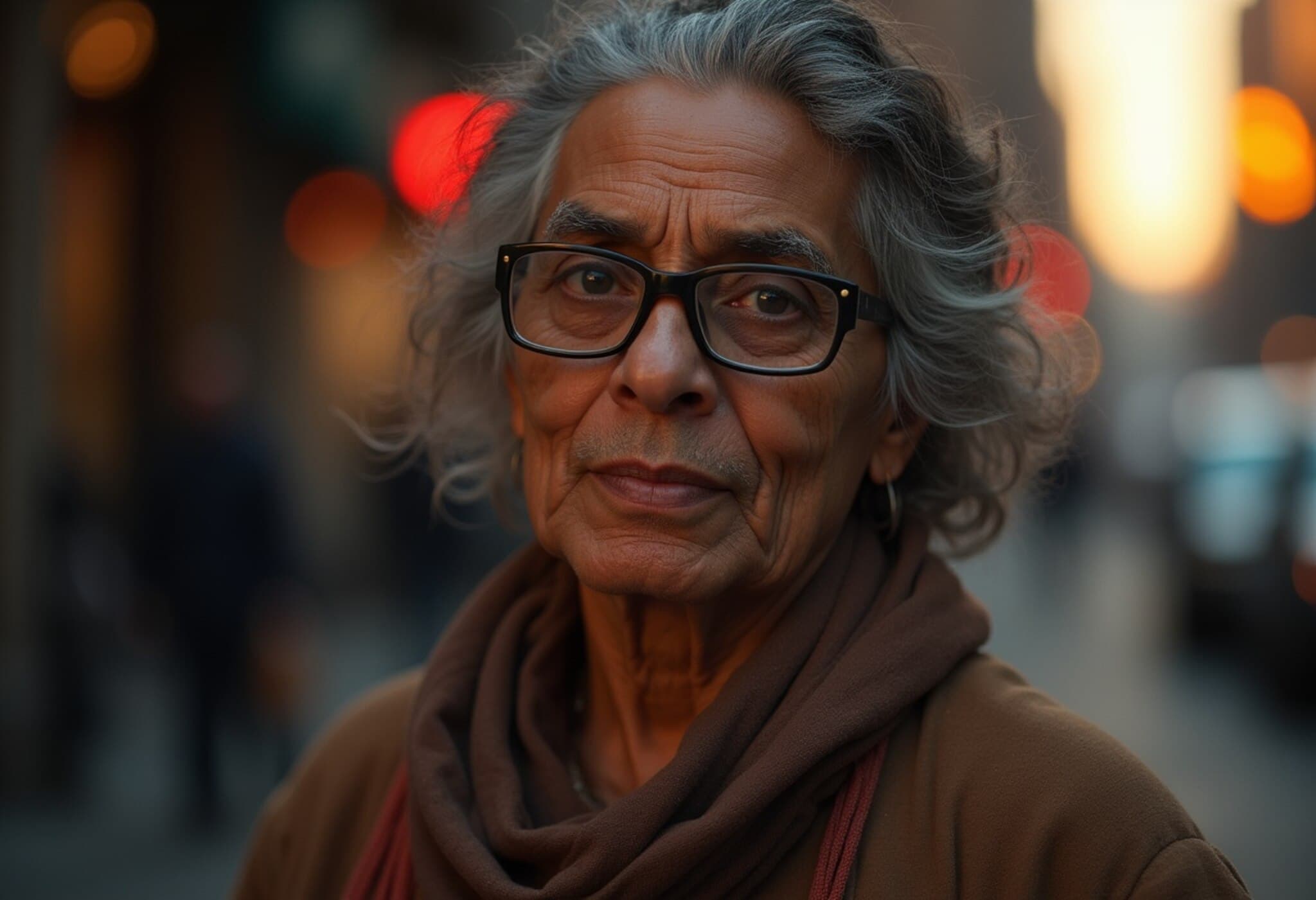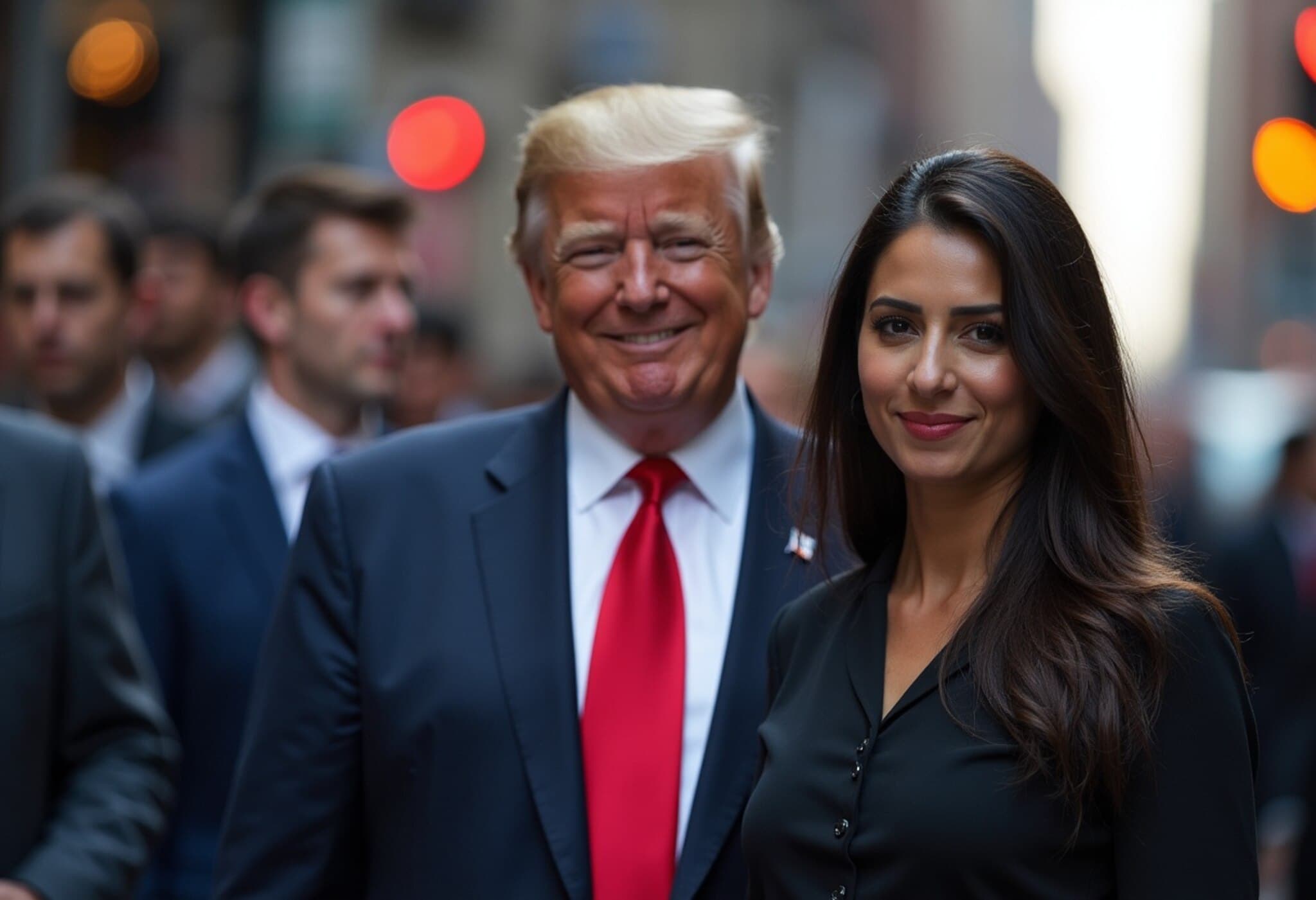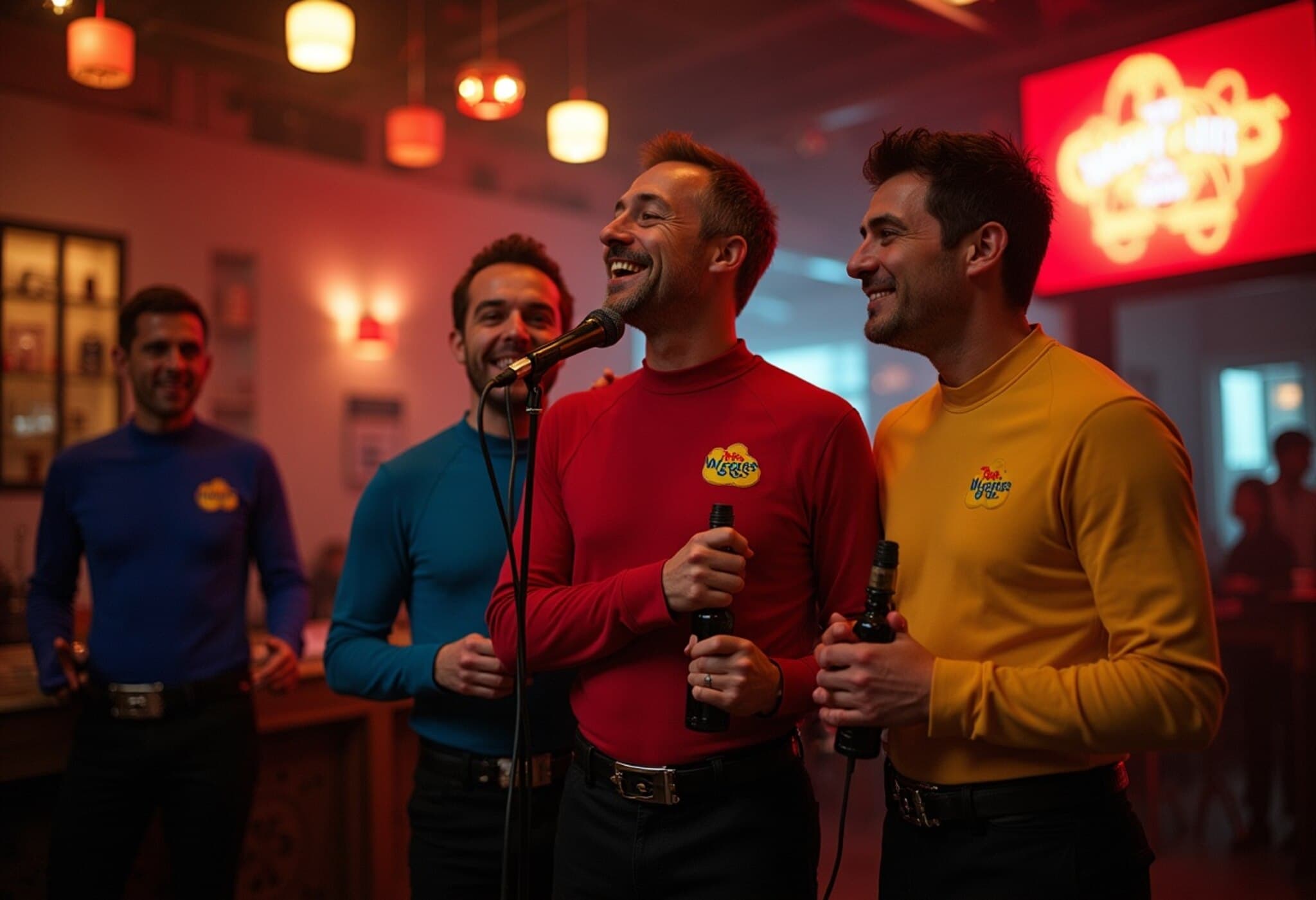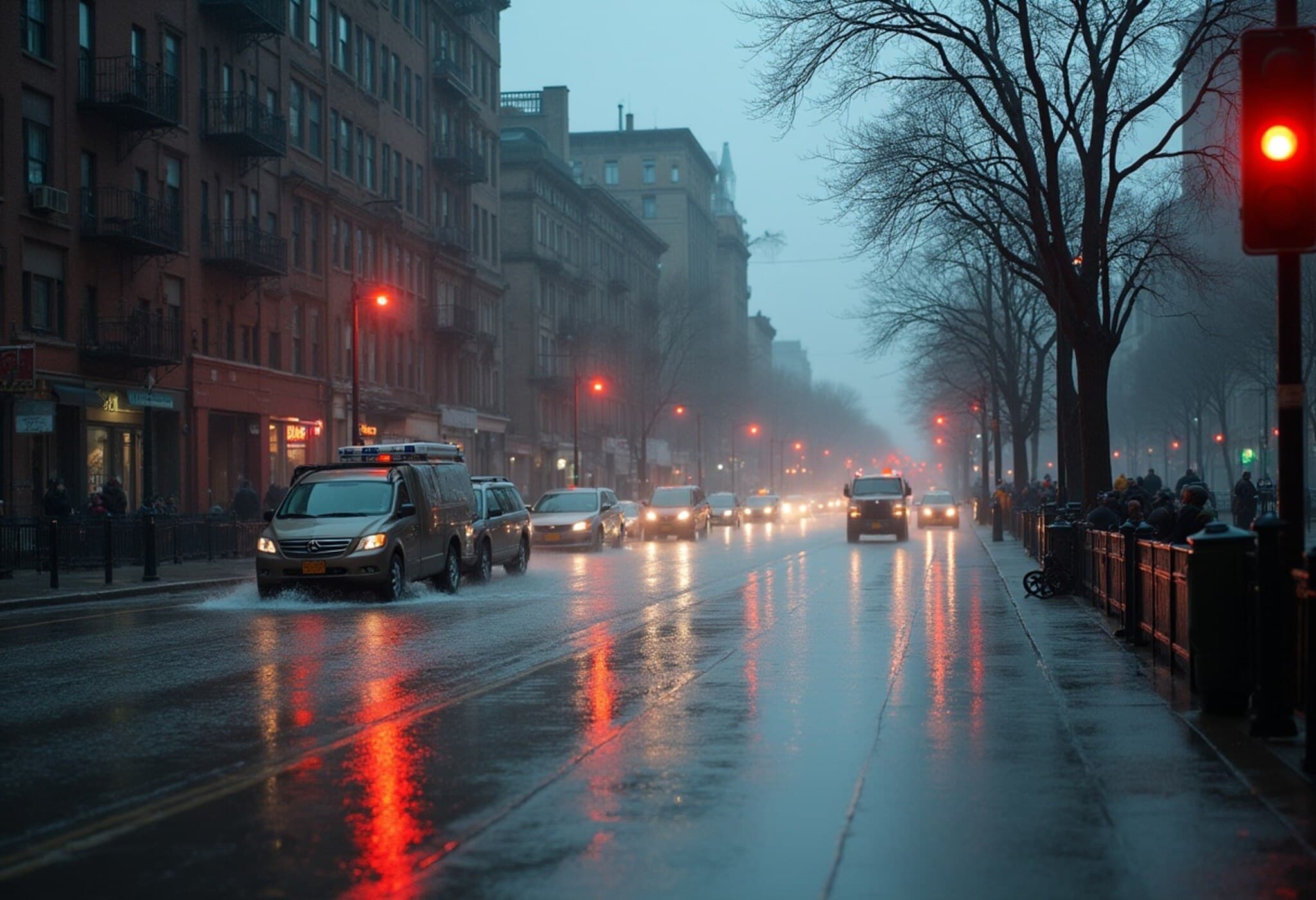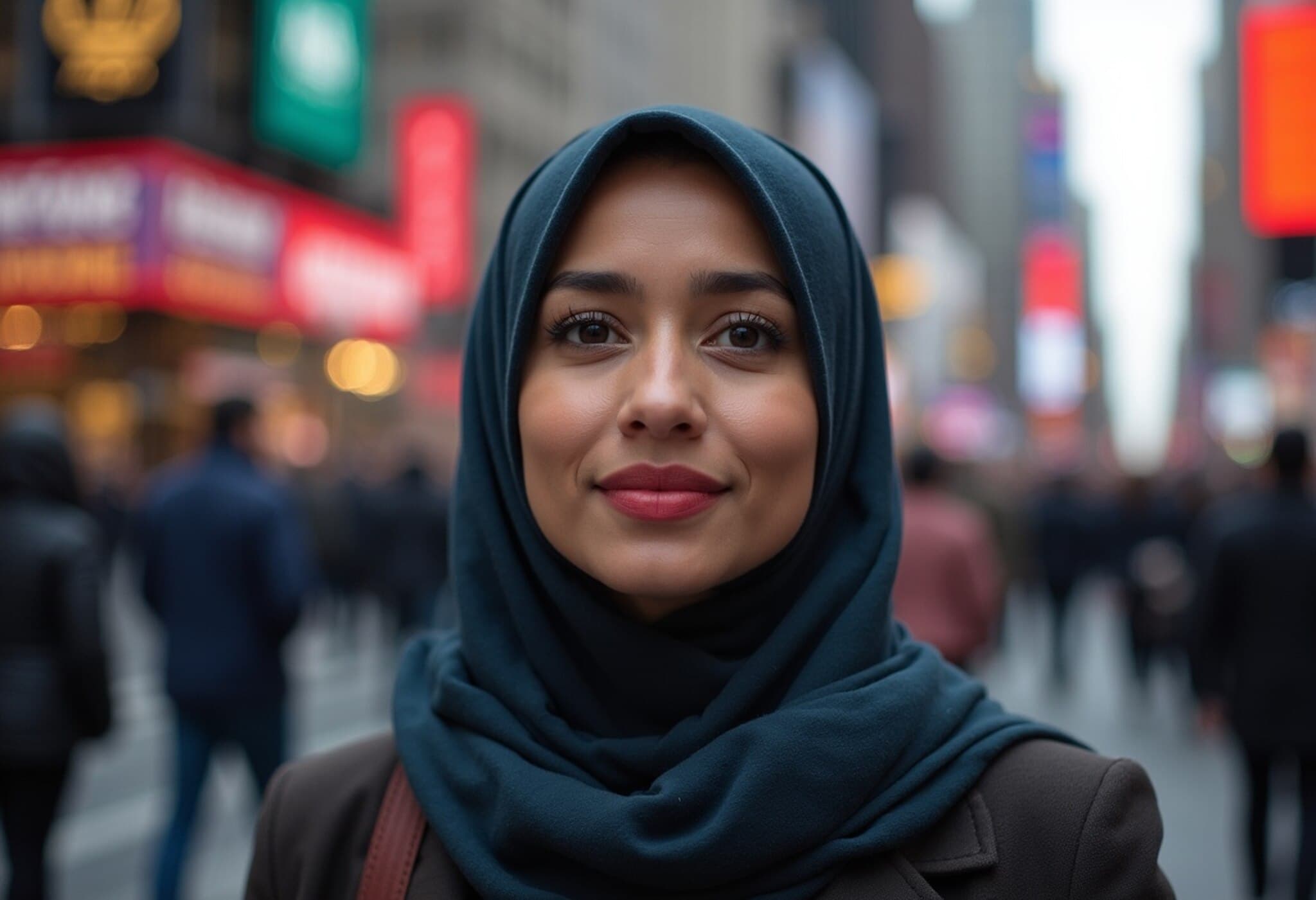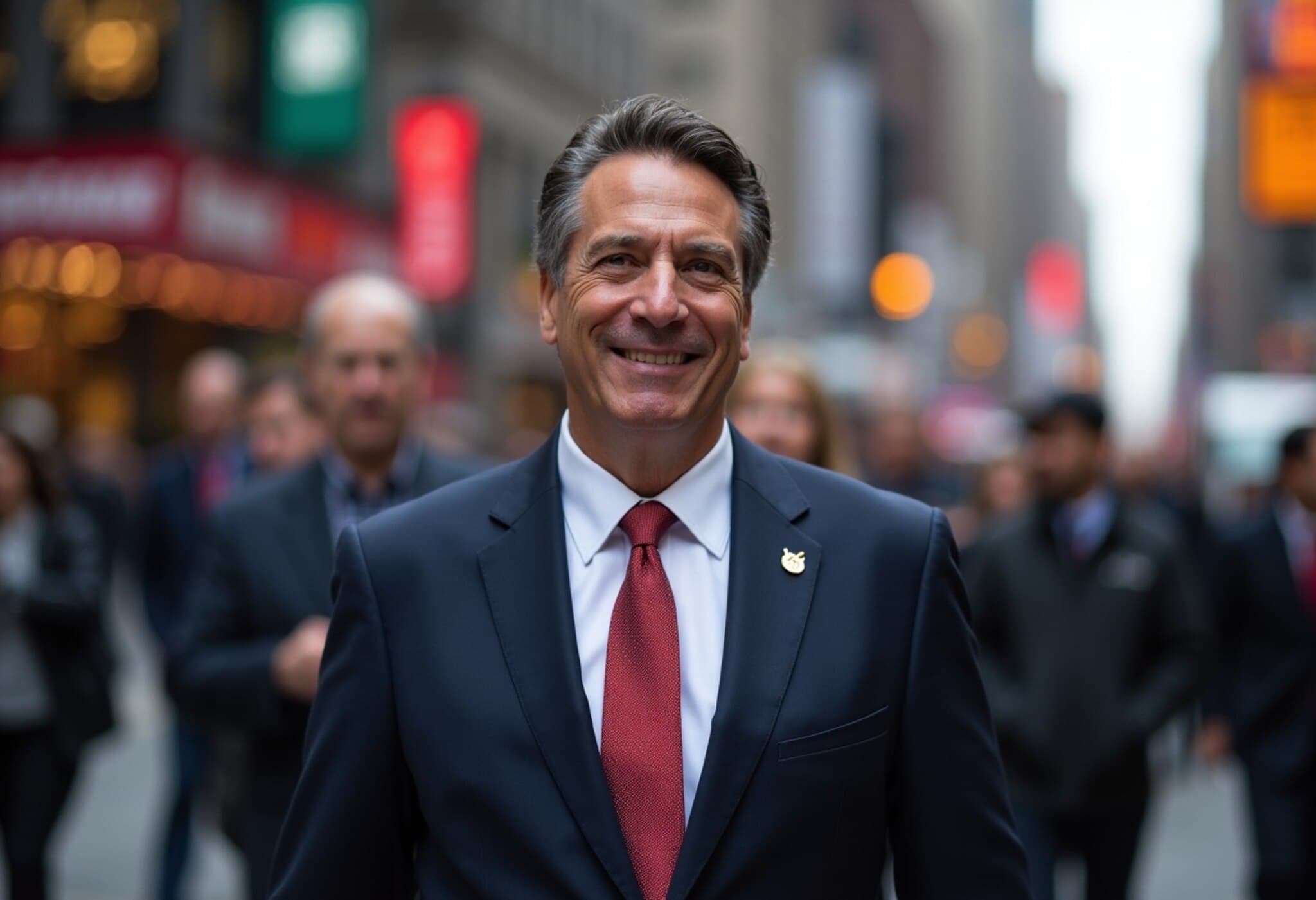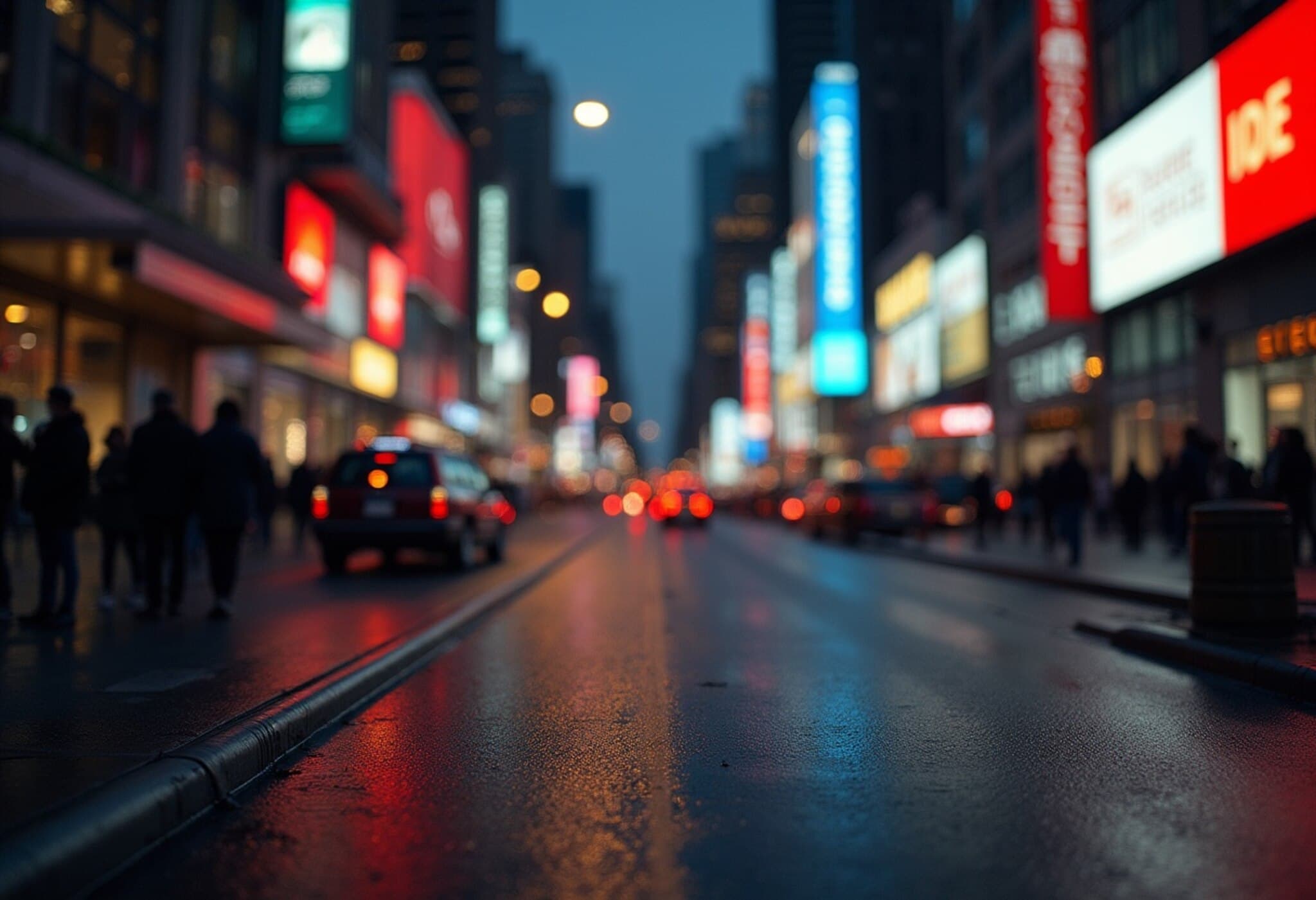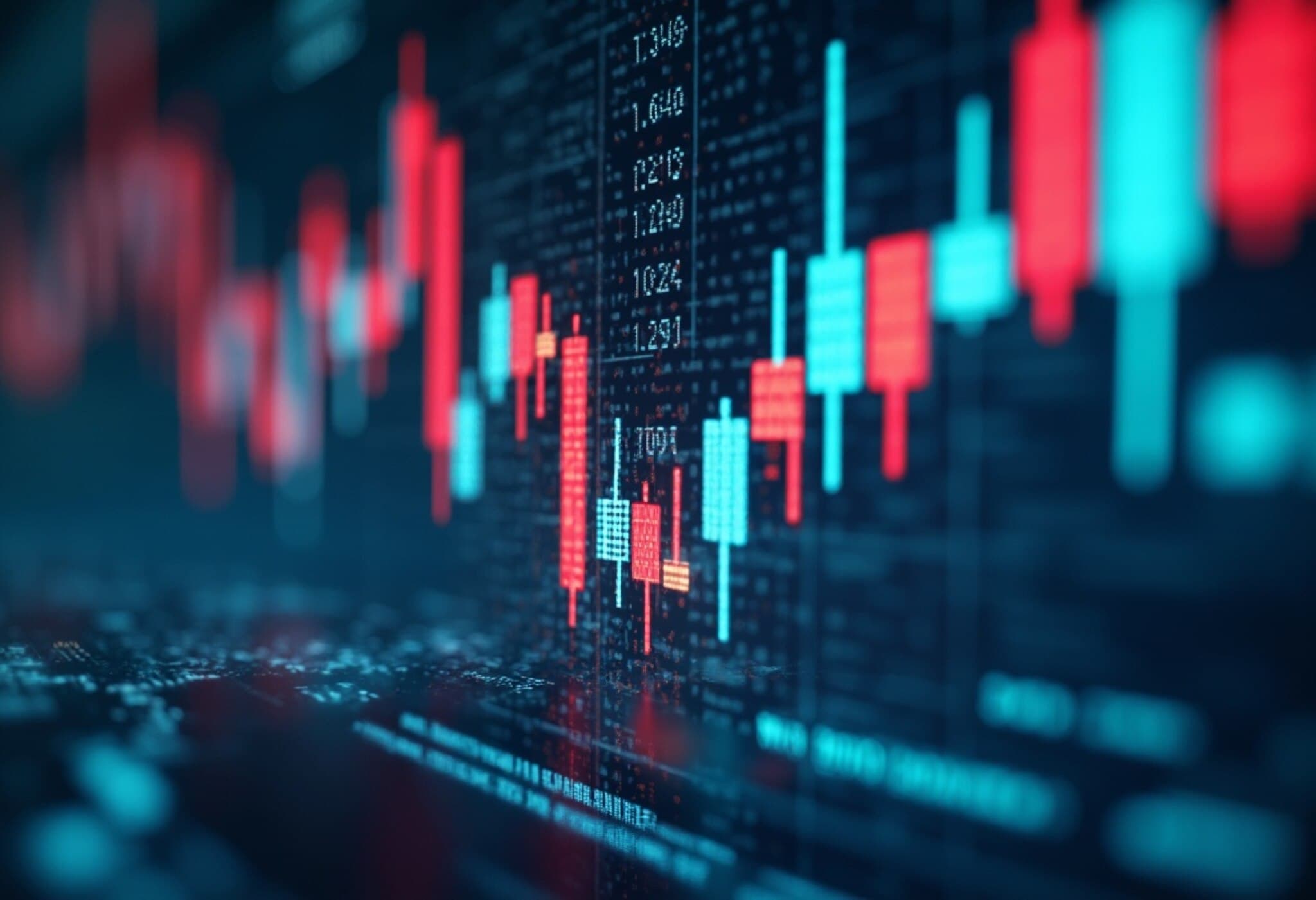New York City’s Battery Dance Festival Honors India’s Independence Day with a Celebration of ‘Shakti’
As the world’s largest melting pot continues to embrace diverse cultures, New York City’s iconic Battery Dance Festival is poised to spotlight Indian heritage with a unique thematic tribute to ‘Shakti’—the divine feminine energy—on August 15th, India’s Independence Day. The 44th edition of this long-standing public dance festival runs from August 12 to 16, weaving a rich tapestry of cross-cultural expression through movement and artistry.
Highlighting the Female Divine Through Dance and Culture
The festival’s India Day programme will present an inspiring mixed lineup of dance performances that celebrate the creativity, strength, and spiritual essence rooted in the feminine principle. Jonathan Hollander, Battery Dance’s founder and artistic director, shared in an interview that after spotlighting masculine energy or 'Purush' in previous years, the pivot to ‘Shakti’ is both timely and profound.
“In an era rife with conflict and uncertainty, focusing on the nurturing, creative female force resonates universally,” Hollander said. “The mother and female essence unite us all.”
A Global Gathering of Artistic Voices
Supported by the Consulate General of India in New York and the State Bank of India, New York, the India Day programme is a rich mosaic of talent from across the US and India. Seven distinctive dance groups will contribute their unique interpretations of ‘Shakti,’ drawing on classical Indian dance styles such as Odissi, Bharatanatyam, Kuchipudi, Kathakali, and Uday Shankar.
- Nandanik Dance Troupe from Pittsburgh will feature a new production dedicated to Goddess Kali, choreographed and performed by Kolkata’s Subhajit Khush Das.
- Other performers include acclaimed choreographers Bijayini Satpathy, Maya Kulkarni, Lada Pada, Sonali Skandan, Swathi Gundapuneedi-Atluri, Renjith Babu, and Malini Srinivasan.
- Dancers will join from major cultural hubs including Kolkata, Pittsburgh, New Jersey, and New York, underscoring the dynamism and depth of the Indian diaspora's cultural inclusivity.
Beyond the Stage: The Social Significance of ‘Shakti’
By elevating female empowerment and creative energy, the festival aligns with broader conversations about women’s rights and gender respect worldwide. Hollander emphasized that the arts offer a powerful lens to reflect on societal values, stating,
“We can never pay too much attention to the role and respect of women in society — on stage or off. These performances foster dialogue that transcends borders.”
Battery Dance Festival: A Cultural Bridge in a Fragmented World
Established as New York City’s longest-running free public dance festival, Battery Dance draws more than 12,000 attendees onsite alongside over 10,000 virtual viewers annually. Hollander reflected on the festival’s greater purpose:
“In times overwhelmed by relentless news cycles and global anxieties, we seek moments to renew and reconnect. Sitting shoulder to shoulder in Battery Park, surrounded by a kaleidoscope of ages, cultures, and ethnicities, people come together to celebrate our shared humanity.”
The festival is a powerful reminder that communal art experiences have the unique ability to heal divisions and illuminate the universal human spirit.
Why This Matters
As Indian culture continues to weave itself into the American cultural fabric, events like the Battery Dance Festival’s ‘India Day’ deepen intercultural understanding and cooperation. They offer a platform not only to honor independence and heritage but also to spotlight gender equity themes globally.
More than a dance showcase, this is a cultural conversation — one where movement becomes metaphor and the divine feminine energy inspires hope and unity in a fracturing world.
Editor’s Note
The Battery Dance Festival’s vibrant tribute to ‘Shakti’ beautifully captures the resilience and creativity of both Indian traditions and diaspora communities in the US. This celebration urges us to reflect on the vital role of women’s energy in shaping societies culturally, socially, and politically. As tensions mount worldwide, such cultural junctions offer invaluable spaces for empathy, solidarity, and renewal. How might more festivals embrace these themes to foster global connectedness and gender equity? The conversation begins here.

